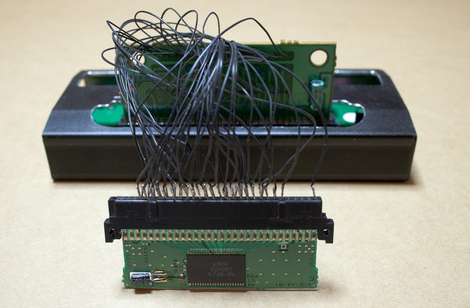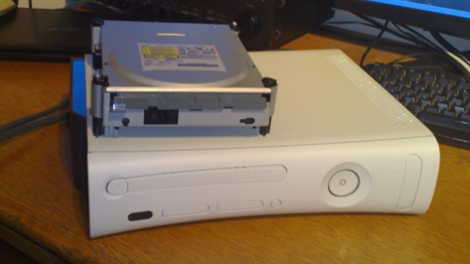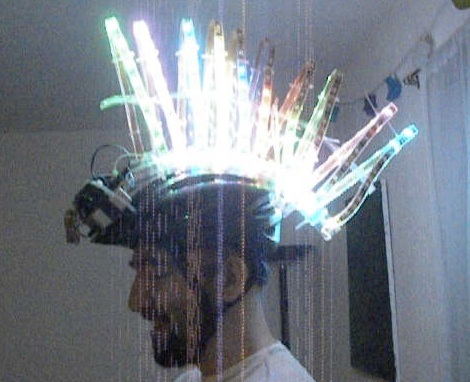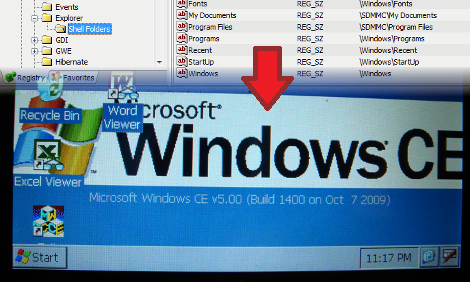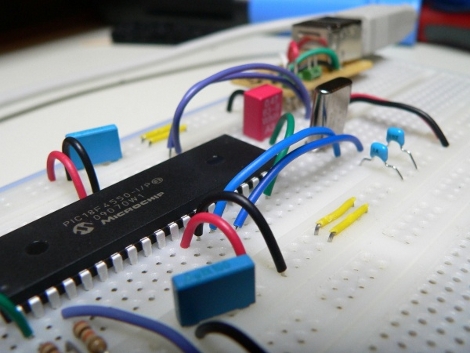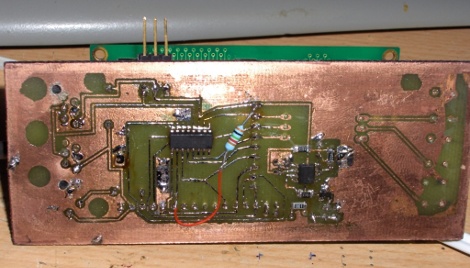
[Viktor], one of our favorite avid hackers, has been playing around with 1-wire systems all this month. What started out as a MicroLAN Fonera has turned into an iButton interface, to a 1-wire powered hub, and finally a 1-wire character driven LCD. Anyone looking at 1-wire systems or OWFS could surely benefit from his testing.
However, if you still haven’t gotten your fill of 1-wire goodness, let us remind you of the 1-wire HVAC and IPv6 to 1-wire protocol translator.
[Thanks Juan]


